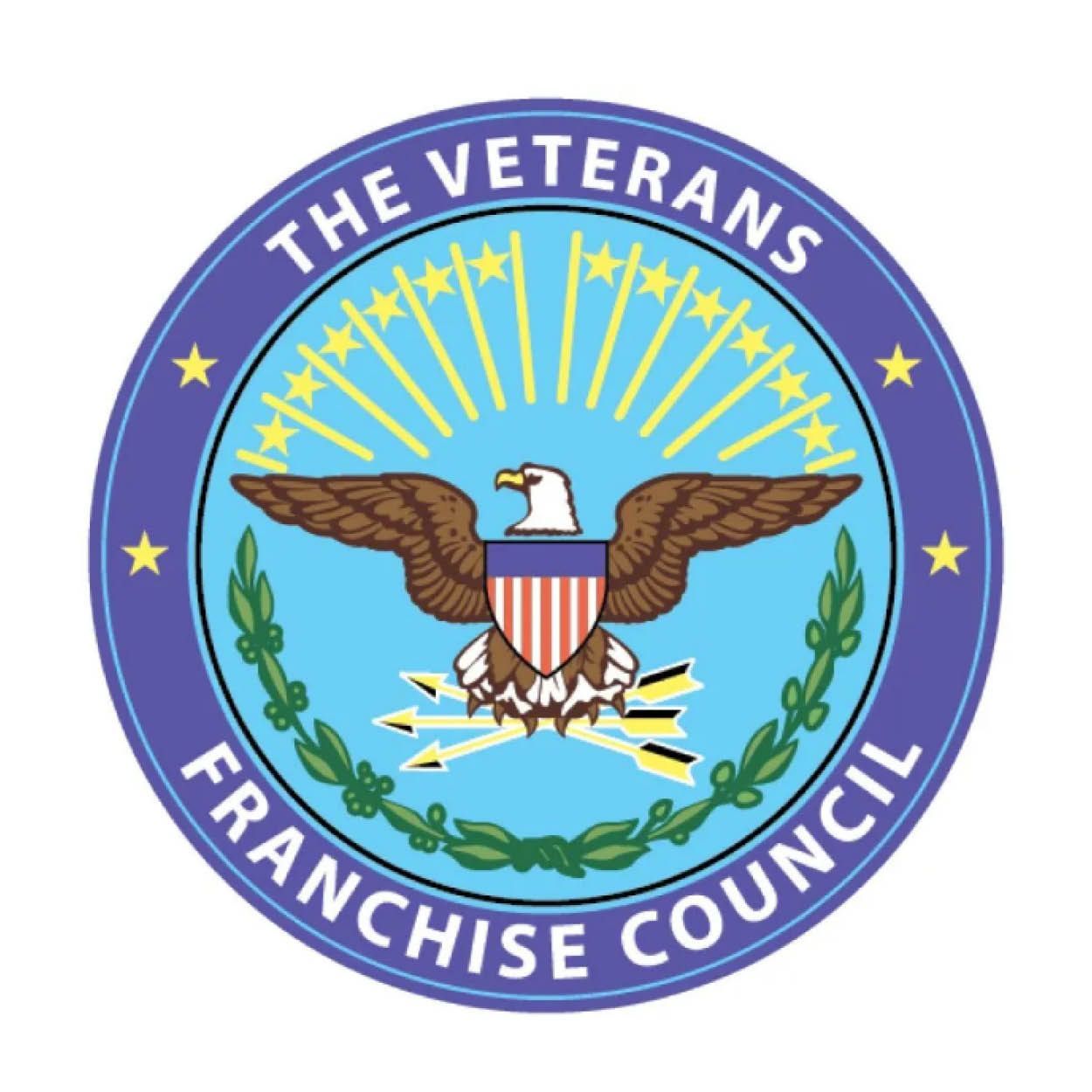Helping Small Businesses Access the Tax Credit Hiding in Plain Sight
Accelerate Tax helps small businesses maximize this valuable tax credit.
The Employee Retention Credit (ERC) is a federal program created to help small and medium-sized businesses recover from the financial impact of the COVID-19 pandemic. The ERC is a refundable tax credit that compensates business owners who retained employees despite a drop in revenue, government shutdown orders, or other government restrictions. Many businesses lost revenue or closed completely, and the ERC is designed to support those businesses that suffered. ERC is a generous stimulus program that pays up to $26,000 per employee, regardless of industry or sector. All business models are eligible, including franchises. The ERC is separate from the Paycheck Protection Program (PPP) and is a refundable tax credit paid by the IRS. It is not a loan and does not need to be paid back.
The Accelerate Tax team was designed to be the first institutional, professional organization to cater to small businesses across the U.S. Many business owners do not know how the ERC credit works or if they qualify. Every day we speak with business owners that were given wrong information—usually from their own CPA or accountant. There are good reasons for this. The program is complex and difficult to understand. Many CPAs have not read or do not understand the legislation, and small accounting firms do not have enough clients to make it worthwhile. One of our early clients, a jewelry store, was told his business did not qualify for ERC by his own CPA firm. After analyzing his file, we found that he was eligible for an ERC credit of more than $750,000. He was thrilled—this money was a blessing for his business in a time of high-interest rates and declining consumer spending.
Navigating complex tax codes can be expensive and difficult. Large companies can afford teams of accountants that take advantage of every loophole in the system. Small businesses, however, are often left behind. When the ERC launched in 2020, the IRS estimated that 6.1 million small and medium-sized businesses would be eligible. So far, Accelerate Tax estimates that only about 550,000 businesses have received it. Our team is passionate about helping small businesses that have not yet filed for the ERC receive the funds they are due. Accelerate Tax is made up of experienced industry veterans focused on maximizing the ERC tax refund and expediting our clients’ applications to the IRS.
Although the ERC program’s qualifications are for 2020 and 2021, small businesses still have several years to claim it. But because government legislation can change, we encourage all businesses to file as soon as possible. Right now, the IRS backlog means it can take months or longer to receive the ERC credit. Through our partnerships with institutional lenders, Accelerate Tax can help qualified businesses access their ERC funds in as little as 1-2 weeks. To make filing affordable, we do not charge an upfront fee for our services. Our clients can choose to pay our filing fee when the IRS check comes in.
The ERC legislation is long and complicated and has changed several times. This confusion leads many small businesses to think that applying for ERC is too challenging. Our team of professionals can help. We know the ERC legislation backwards and forwards and can help your business not only qualify but also maximize your credit. We are a white-glove service and will handle every step of the filing, from calculating your credit to expediting payment. Our dedicated team has dissected the rules and created a robust process to help you navigate the complexities of applying and maximizing your ERC credit.
We are driven to help your business succeed. And right now, that means maximizing the amount of ERC credit your business is due. Reach out to one of our professionals today!
Common misconceptions about the ERC Program:
Misconception 1: A business cannot apply for ERC because its revenue did not decline.
False. The ERC legislation looks at quarterly declines in revenue. Annual revenue changes are not enough to assess eligibility. Furthermore, even if revenues increased, if your business experienced a full or partial suspension of operations because of government orders, it may still qualify for ERC.
Misconception 2: A business does not qualify unless it is shut down.
False. Many business owners believe they will only qualify for an ERC refund if they completely suspended activity during the COVID-19 pandemic. This is another misconception. In the case of partial suspension, a business may qualify for ERC for the entire duration of the suspension.
Example: If a business’ pre-COVID hours were 9 AM to 8 PM and due to local government orders, those hours changed to 10 AM to 6 PM, the business is eligible for ERC regardless of revenue.
Example: If a city mandated a maximum limit on restaurant tables, reducing the capacity of a restaurant by 10% or more, the restaurant would qualify for ERC during that period. The same rules apply to any other type of business that faced occupancy restrictions.
Misconception 3: A business that received PPP loan forgiveness does not qualify for ERC.
False. In the first version of the ERC legislation, if a business received PPP forgiveness the ERC credit was disallowed. However, the ERC legislation has been amended several times. One of the amendments reversed the PPP disqualification. However, many accounting firms were not aware and did not update their qualification criteria. Thousands of businesses were told they were not eligible because they received PPP forgiveness.
Misconception 4: A business that did not qualify based on revenue and had limited shut down time because it was an essential business would get a reduced or no ERC credit.
This is one of the most difficult and common misconceptions. Accelerate Tax encounters many businesses that qualify for ERC if they were affected by supply chain problems. A simple test is that if supply chain problems resulted in 10% or more disruption to operations, a business will still qualify for ERC regardless of whether or not it was shut down. Supply chain problems were rampant during COVID, as delivery of goods were delayed from overseas. Millions of businesses were affected. Our experienced team can walk you through all possible supply chain issues affecting your business and document instances where those have affected your day-to-day operation to qualify you for the maximum ERC credit available.
Misconception 5: A company not in business in 2019 would not qualify for ERC.
False. ERC rules allow businesses that started during the pandemic to compare gross receipts to 2020, with all other qualifiers still applying. Accelerate Tax encourages these brave business owners to apply for ERC. Our team has extensive expertise with start-up businesses.
Size matters
The Employee Retention Credit qualification is based on the number of full-time employees in 2019. Businesses with fewer than 100 employees in 2019 qualify for 2020 and businesses with fewer than 500 employees in 2019 qualify for 2021. If your business has more employees, it may still be eligible for ERC, but only on wages paid to employees for the time they did not actually work. While qualification is based on the 2019 FTE count, the actual credit is calculated based on all your employees in 2020 or 2021 (full-time and part-time).
ERC refund per eligible employee
For 2020, the ERC can amount to up to $5,000 per employee. For 2021, this rises to $7,000 per employee for each of the first three quarters. In total, a business can receive up to $26,000 per employee.
Program Duration
The ERC program qualification period ended in the third quarter of 2021, however businesses still have time to file for the credit. The clock is ticking, please contact Accelerate Tax today.
About Accelerate Today
Over 500,000 businesses have claimed an average of $130,000 each. We specialize in helping businesses maximize their ERC refund. Get the refund your business is owed today. www.acceleratetax.com












